Located on the bustling Giai Phong Street, Phap Van Pagoda is a spiritual destination that brings a rare sense of peace in the heart of Hanoi . With its majestic traditional architecture and long history, the pagoda is not only a sacred place of worship but also a unique cultural work, a place to worship Phap Van, one of the Four Dharmas of Vietnamese folk beliefs.
History and spiritual significance of Phap Van Pagoda
The old name of the pagoda was Long Hung. Although the exact time of its construction remains a mystery, the remaining ancient stone steles show that the pagoda was restored during the reign of King Thanh Thai, more than a century ago. The most recent major restoration in 2010 to celebrate the 1000th anniversary of Thang Long - Hanoi has given the pagoda its present-day grand appearance.
The special feature of the pagoda is that it worships Phap Van (Cloud God), one of the Four Gods of ancient Vietnamese beliefs, including Phap Van, Phap Vu (Rain God), Phap Loi (Thunder God), and Phap Dien (Lightning God). This shows the unique blend of Buddhism and indigenous beliefs from the early days of Buddhism's introduction to Vietnam.

Explore the unique architecture of the temple
Built on a campus of more than 7,000 square meters, Phap Van Pagoda has bold traditional Vietnamese temple architecture with harmoniously arranged areas, creating a majestic and peaceful whole.
The majestic Tam Quan Gate
Right on Giai Phong Street, the three-story Tam Quan gate with its curved roof and intricately carved dragon and phoenix motifs is the first impressive highlight. On the top floor hangs a large bronze bell. Passing through this gate, all the noise of the city seems to be left behind, opening up a quiet, meditative space.

The solemn main hall
From the spacious temple yard with two rows of cool green trees, visitors climb 13 steps to reach Dai Hong Bao Dien (Main Hall). Here are solemnly arranged Buddha statues, of which the statue of Sakyamuni Buddha is in the highest position. On both sides are majestic stone Pixiu statues. This is also where the Phap Van altar is located, showing the central role of the god in the temple's beliefs.

Mother Church with bold Northern culture
Behind the main hall is the Mother Goddess worship area. Worshiping the Mother Goddess in parallel with worshiping Buddha is a popular cultural belief in Northern pagodas. The Mother Goddess house area at Phap Van Pagoda, although not having a massive statue system like the main hall, preserves many ancient statues, some of which are over a hundred years old, with high historical and artistic value.
Information you need to know when visiting a temple
Address and directions
Address: No. 1299 Giai Phong Street, Hoang Mai Ward, Hanoi City.
The pagoda is about 8km from the city center and can be easily reached by many means:
- Personal vehicle (motorbike, car): From the old quarter, visitors can follow Ton Duc Thang - Xa Dan - Giai Phong route to get to the pagoda.
- Bus: Bus routes that pass near the temple include 08ACT, 12, 60B, 104, 60A. This is a convenient and cost-effective option.
Suggestions for nearby attractions
After visiting the pagoda, you can combine visiting some other nearby places to enrich your journey to explore Hanoi:
- Tu Ky Pagoda: about 600m away.
- Yen So Park: about 1.7km away, is a large green space for relaxation.
- Air Force Museum: about 4.8km away, displaying many historical artifacts about the Vietnamese army.
Source: https://baolamdong.vn/chua-phap-van-net-co-kinh-va-an-yen-giua-long-ha-noi-402430.html


![[Photo] General Secretary To Lam visits Long Thanh International Airport Project](https://vphoto.vietnam.vn/thumb/1200x675/vietnam/resource/IMAGE/2025/11/13/1763008564398_vna-potal-tong-bi-thu-to-lam-tham-du-an-cang-hang-khong-quoc-te-long-thanh-8404600-1261-jpg.webp)

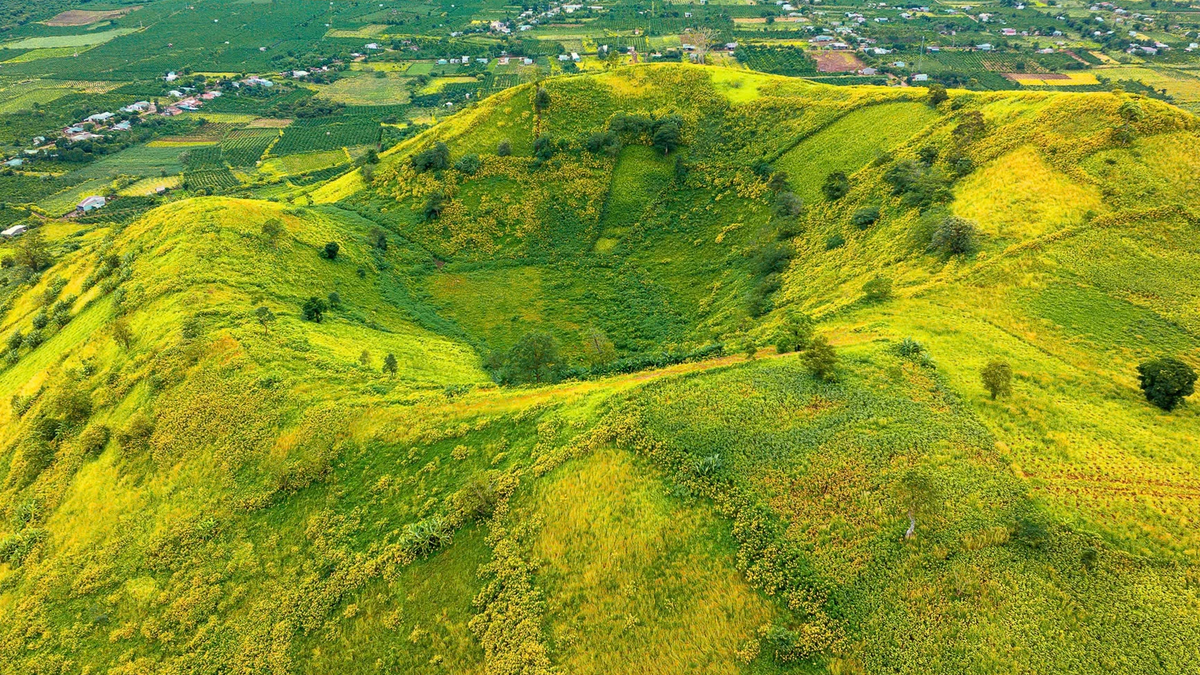



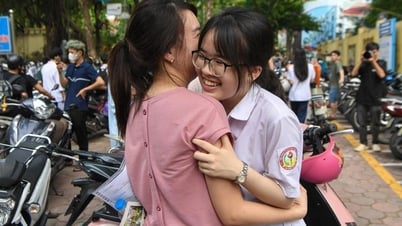





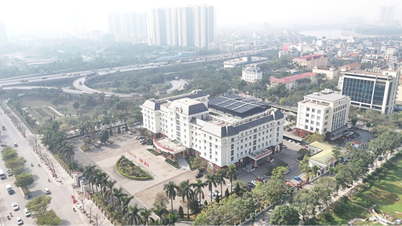
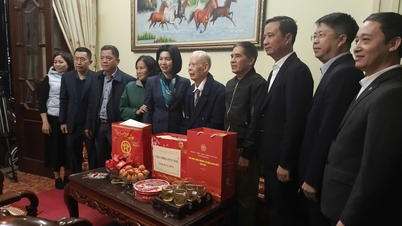




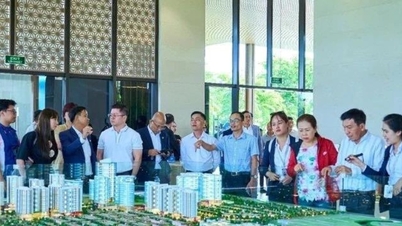
![[Infographic] Main development goals and targets for the 5-year period 2026-2030](https://vphoto.vietnam.vn/thumb/402x226/vietnam/resource/IMAGE/2025/11/13/1763013984385_cdn-nhandan-vn-images-22f099ca8bc7ae81aa2a8d3416a84bf8267bcc4f3a0ec01ee7b087ca4f1e19412ad321b4a75a62c5b1a9229f3bdfa20548b9382a8c3d1e37736b78a1be2bbad7-_1763006939481-1.jpeg)






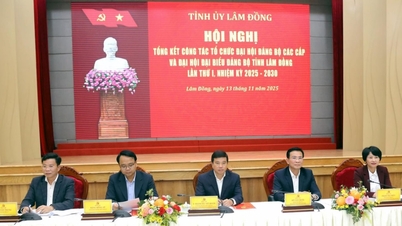

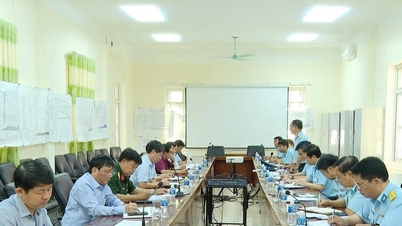

























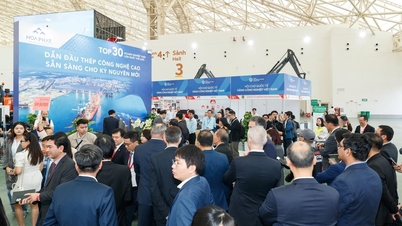















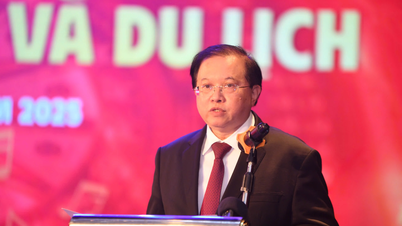

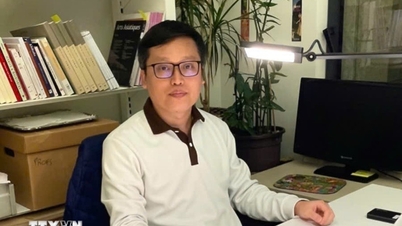

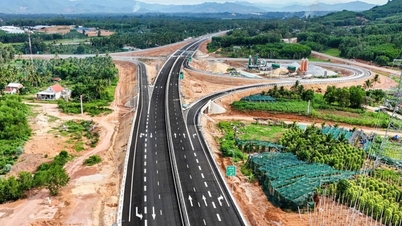
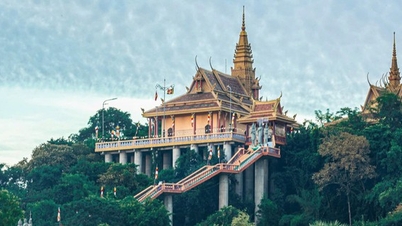



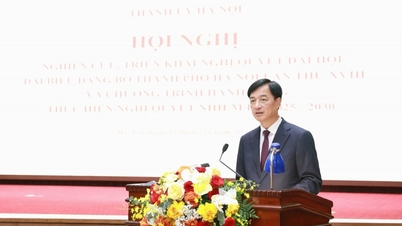


















![Dong Nai OCOP transition: [Article 3] Linking tourism with OCOP product consumption](https://vphoto.vietnam.vn/thumb/402x226/vietnam/resource/IMAGE/2025/11/10/1762739199309_1324-2740-7_n-162543_981.jpeg)





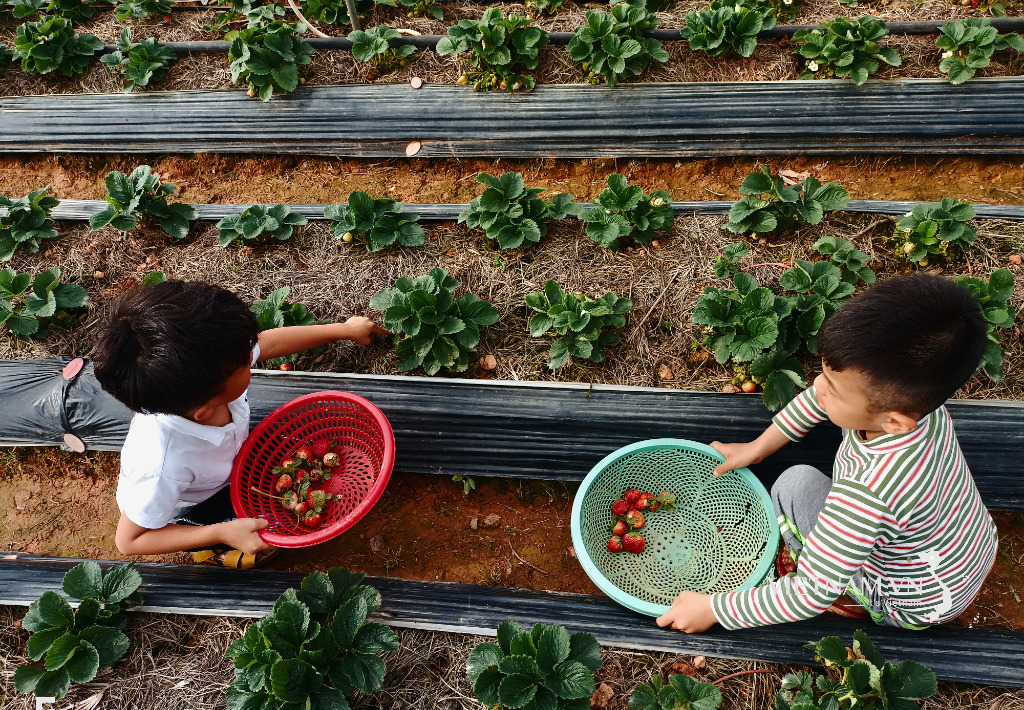

Comment (0)